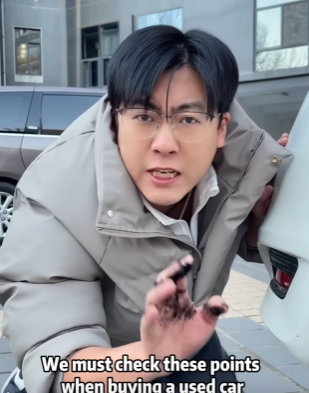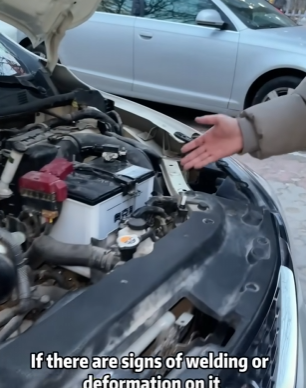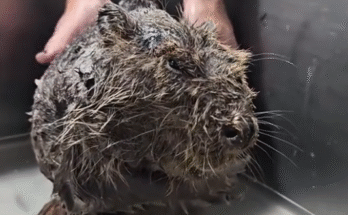
Buying a used car can be a great way to save money, but it also comes with risks. Some vehicles may have hidden problems that aren’t immediately visible. Knowing how to inspect a used car thoroughly can help you avoid costly repairs and ensure you get a reliable vehicle. This guide will walk you through the key steps to check for problems before purchasing a used car.

1. Check the Car’s History Report 📄
Before even looking at the car in person, request a vehicle history report from services like Carfax or AutoCheck. This report will provide valuable information, including:
- Accident history
- Previous owners
- Title status (e.g., clean, salvage, rebuilt)
- Service and maintenance records
- Odometer readings to check for rollbacks
If the car has a salvage title or multiple accidents, you may want to reconsider purchasing it.

2. Inspect the Exterior and Body Condition 🚗
Walk around the vehicle and look for:
- Dents, Scratches, and Rust – Small dents are common, but extensive rust or body damage could indicate poor maintenance or previous accidents.
- Mismatched Paint – If a section of the car has a different shade of paint, it may have been repainted due to an accident.
- Panel Gaps – Uneven gaps between doors, hood, and trunk can indicate previous collision repairs.
- Tires Condition – Uneven tread wear could signal misalignment or suspension issues. Make sure the tires are in good condition and not close to the wear limit.
3. Check Under the Hood 🔧
A visual inspection of the engine bay can reveal major mechanical problems. Look for:
- Leaks – Check for oil, coolant, or transmission fluid leaks under the car.
- Oil Condition – Pull out the dipstick; clean oil should be amber or light brown. Thick, dark oil may indicate overdue maintenance.
- Coolant Level & Color – Low coolant or a brownish color could indicate a cooling system issue.
- Battery Condition – Corrosion around battery terminals can cause electrical problems.
- Belts & Hoses – Cracks or wear on belts and hoses can lead to breakdowns.

4. Check the Interior 🛠️
Sit inside the car and inspect:
- Upholstery & Dashboard – Look for excessive wear, stains, or cracks, which may indicate poor upkeep.
- Electronics – Test all buttons, including power windows, locks, radio, air conditioning, and heater.
- Warning Lights – If the check engine, ABS, or airbag light is on, it could indicate serious issues.
- Odometer Reading – Compare the mileage with the car’s history report and maintenance records to check for inconsistencies.
5. Check for Undercarriage Damage 🚘
Crawl under the car (or have a mechanic inspect it) to check for:
- Rust and Corrosion – Excessive rust on the frame, exhaust, or suspension can weaken the car’s structure.
- Leaking Fluids – Oil, transmission, or coolant leaks can indicate mechanical problems.
- Exhaust System – Holes or black soot around the exhaust may suggest leaks or engine problems.

6. Test Drive the Car 🚦
A test drive is crucial to identify hidden issues. Pay attention to:
- Starting the Engine – The car should start smoothly with no strange noises.
- Acceleration & Braking – The car should accelerate smoothly without hesitation. Brakes should be firm without excessive noise or vibration.
- Steering & Alignment – If the car pulls to one side, it may have alignment or suspension issues.
- Transmission Performance – Shifting should be smooth in both automatic and manual transmissions.
- Strange Noises – Knocking, rattling, or grinding noises can indicate engine or suspension problems.
7. Have a Mechanic Inspect the Car 🛠️
Even if everything looks fine, it’s always a good idea to get a professional mechanic to inspect the car. A pre-purchase inspection (PPI) can identify:
- Hidden engine or transmission issues
- Structural damage from accidents
- Signs of flood or fire damage
A small inspection fee can save you thousands in repairs down the road.

8. Negotiate the Price Based on Findings 💰
If you find minor issues, use them as leverage to negotiate a lower price. If the problems are severe, it may be best to walk away from the deal.
Conclusion
Buying a used car requires careful inspection to avoid costly repairs. By checking the car’s history, inspecting the exterior and interior, test driving, and having a mechanic examine it, you can make an informed decision. A little diligence now can save you a lot of trouble later!
#UsedCarBuying #CarInspection #AutoTips


